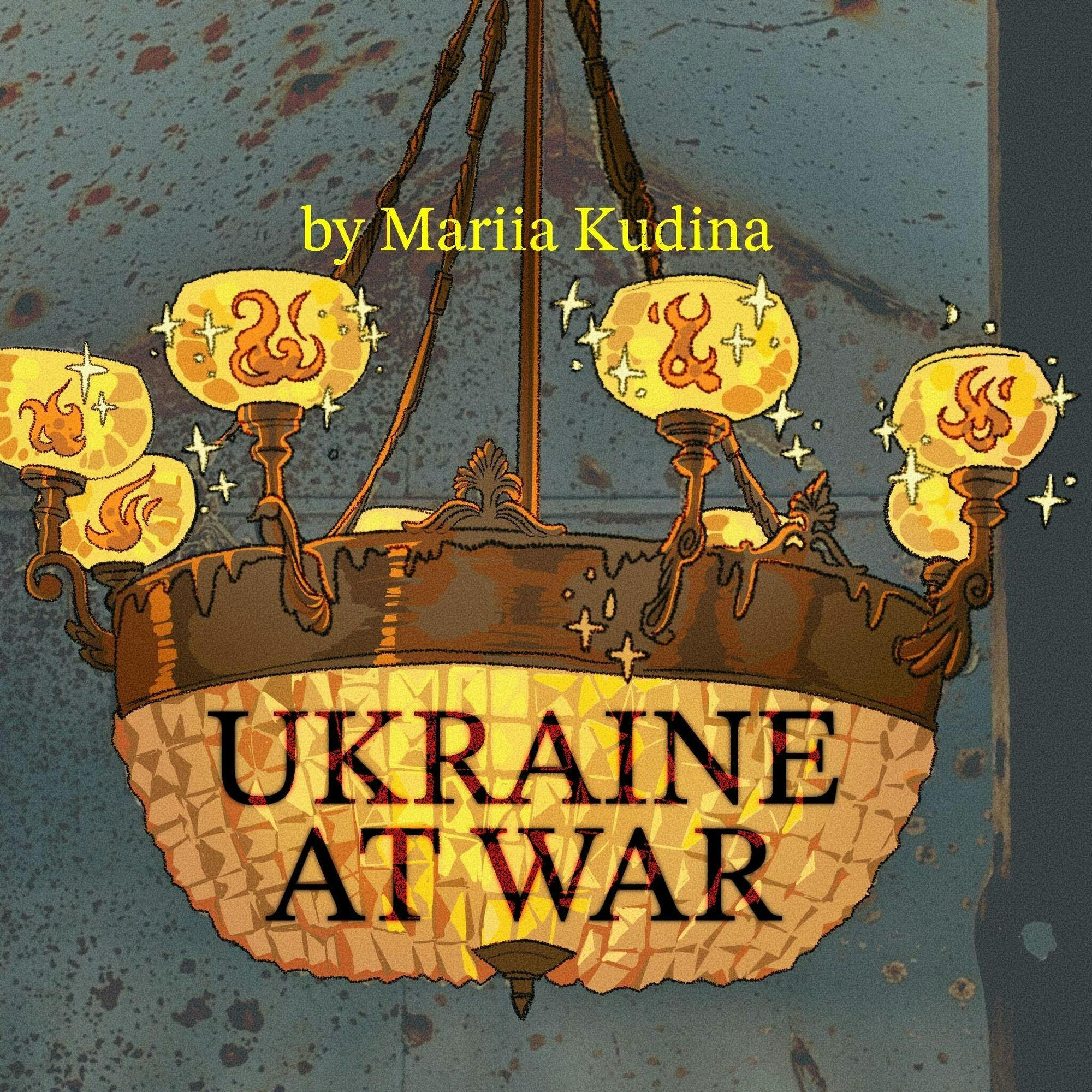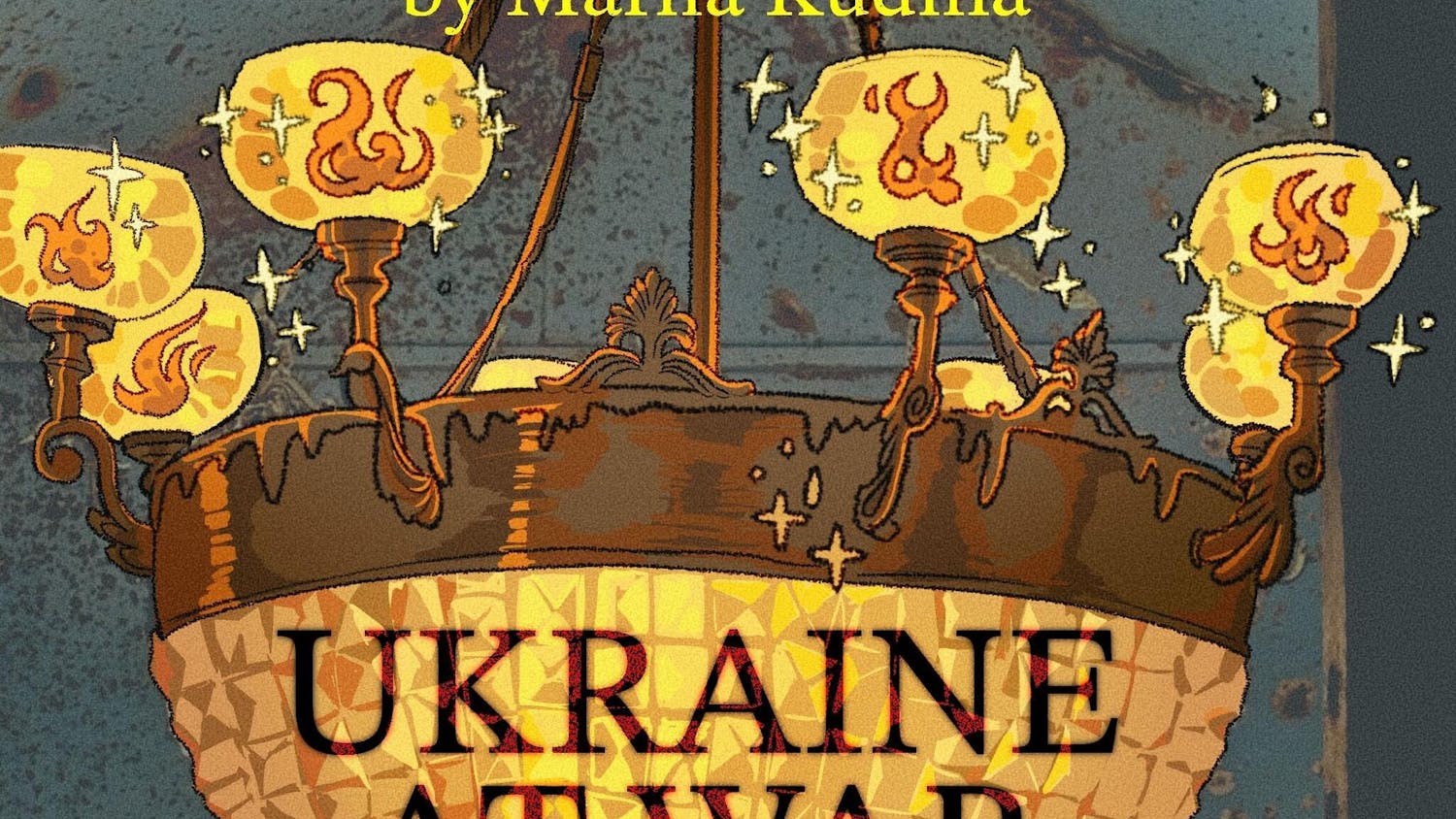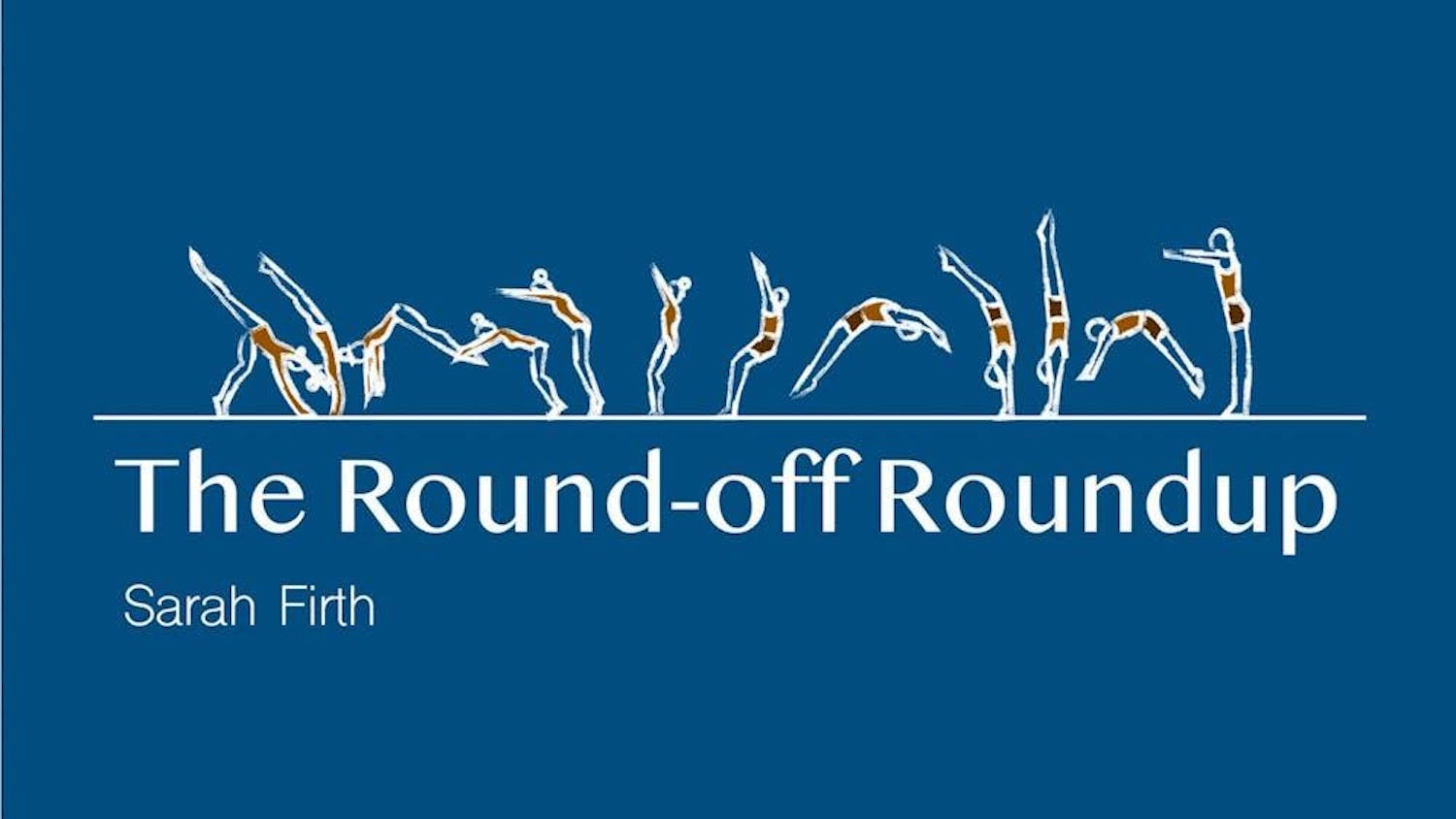On April 4, I was co-moderating a discussion on risks and art at the School of the Museum of Fine Arts at Tufts University for the event “Arts and Society: Dialogues.” I was looking at my phone and going over the sample questions to ask the participants when I received a text from my mom saying, “We were outside with your brother and our dog, the explosion felt far but the ground was shaking.” Momentarily, I tracked back my thoughts to before the event. Right before the discussion, I saw a notification that there was an air raid alert in Kryvyi Rih, possibly due to the missile carriers being launched in Russia. I had a feeling that this was not a precautionary alert, yet never in a million years would I assume that the attack would be that deadly.
I did not tell anyone at the discussion table about what had just happened. For me, the horrifying bombings became an abnormal norm, and I tend to shut down my emotions to process them when I am on my own. Bringing this up would change the course of conversation, as people outside of Ukraine are rightfully not as adjusted to news like this. To my surprise, however, I did not take this particular attack very well. I thought that nothing would shake me as much after watching the Bucha massacre, the siege of Mariupol, the attack on Okhmatdyt and many other traumatic events. Yet this time, the missile hit too close to my home. Moreover, the strikes sent shrapnel flying into a children’s playground. The attack killed nine children and 11 adults, leaving many more injured. Among the dead was a girl I knew from my school. She was younger than me.
Watching the news about the funerals and learning more about the victims from social media has been absolutely heartbreaking. After every attack, it is almost impossible to not project, thinking, “What if that happens to my family?” Seeing the buildings I walked by in the past now heavily damaged and hearing from my relatives about how loud the attack was only puts additional pressure on my already fragile mental state. At SMFA, I often hear that my photographs feel “cold” and “distant,” and despite my attempts to explain that they involuntarily translate my constant sense of loss, people in the United States rarely understand. Frankly, I wish they would never understand. This is the type of experience I would not wish on anyone.
Not even 10 days went by before Russia’s missiles caused another massive tragedy in Ukraine. On April 13, an Orthodox holiday known as Palm Sunday, a Russian attack targeted residents in the northeastern Ukrainian city of Sumy, resulting in the deadliest bombing of the year with at least 35 people killed and 119 people injured. If these attacks do not prove to the world that Russia is not aiming for peace, I do not know what will. Targeting a playground in Kryvyi Rih and a city center in Sumy does not seem like an attempt for a ceasefire but instead appears to be a clear statement that negotiations, at least on secure Ukraine conditions, are not a priority. I advise checking in on your Ukrainian friends, as this war is bringing an increasingly unbearable amount of pain.






